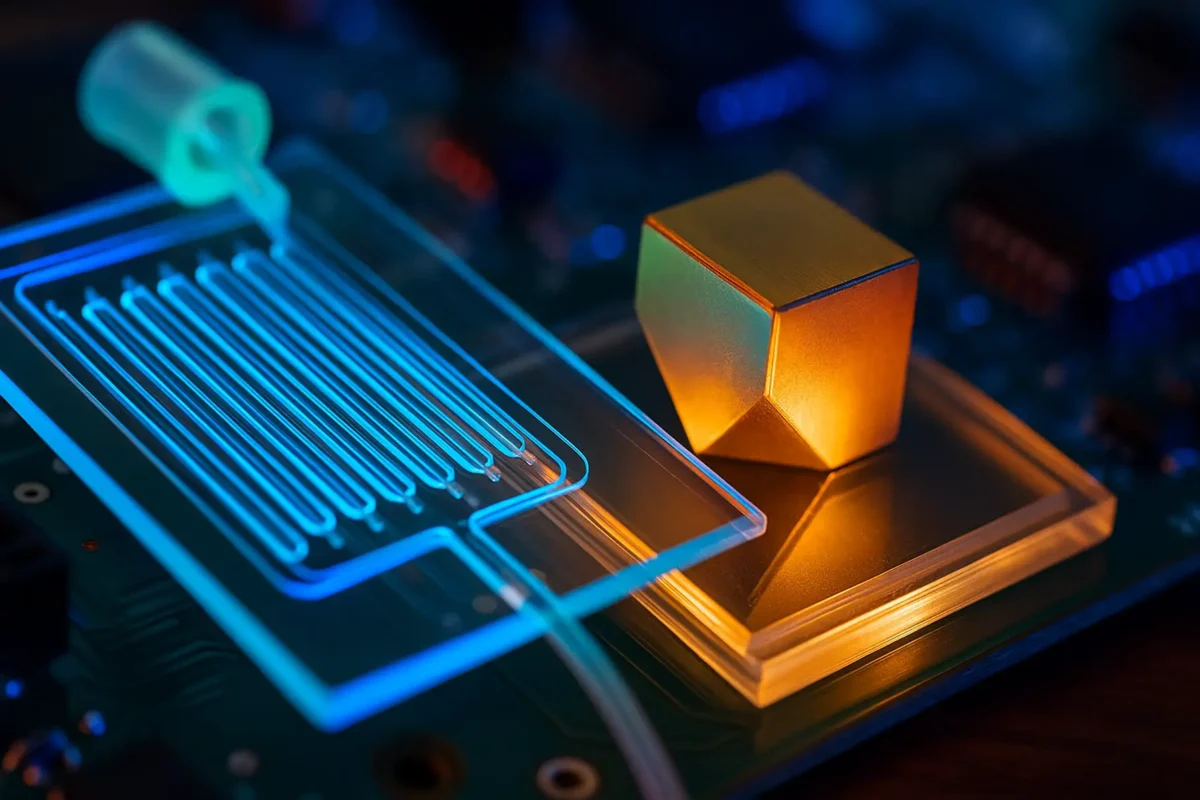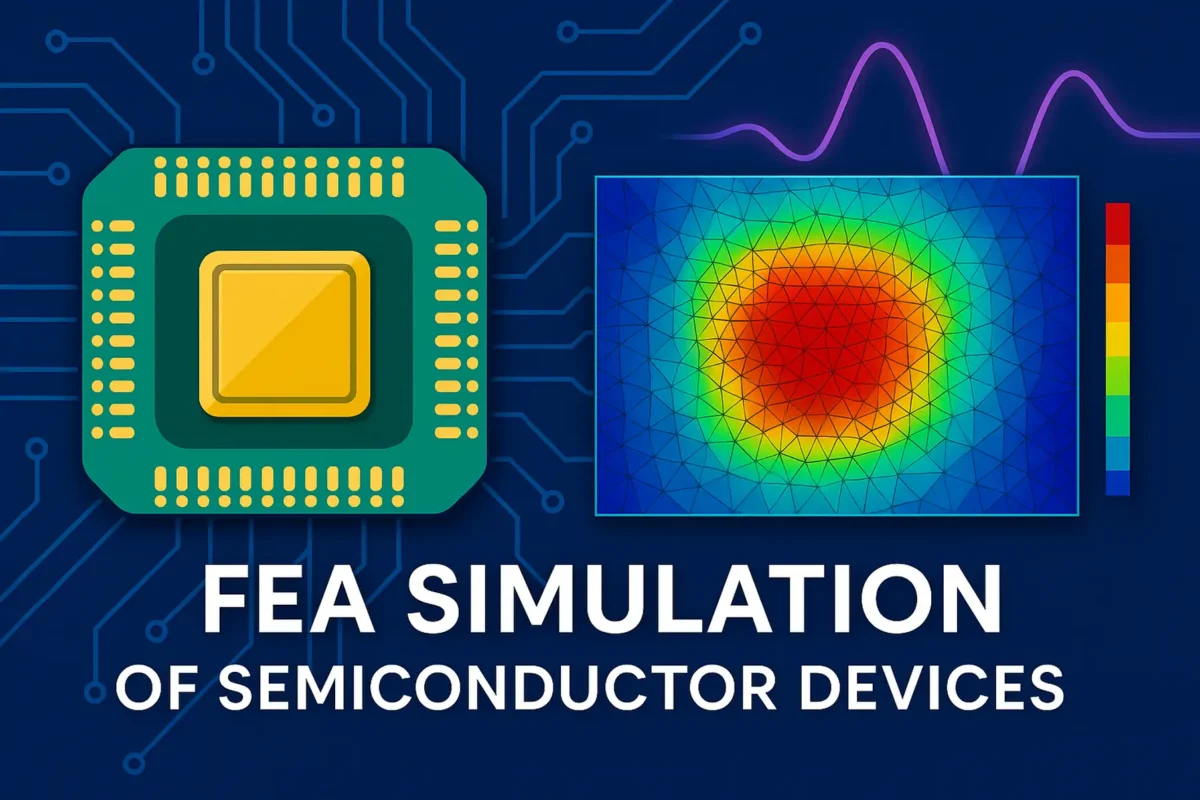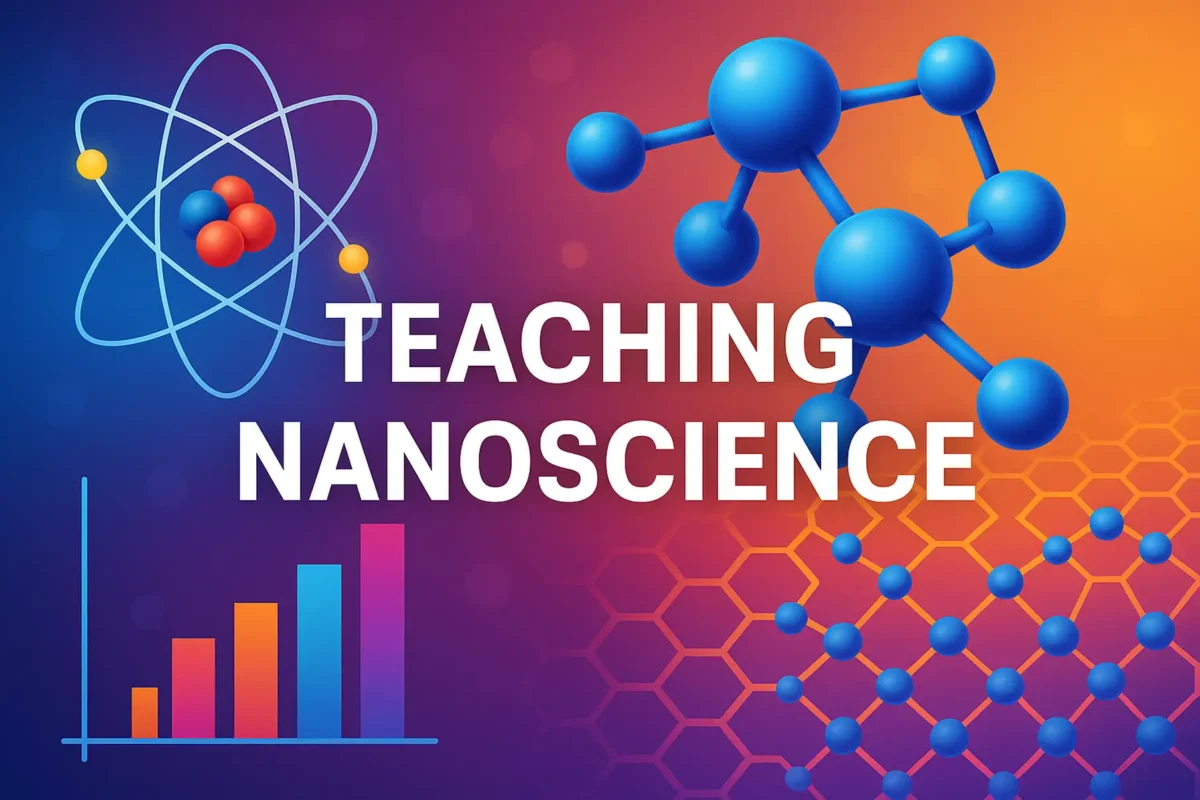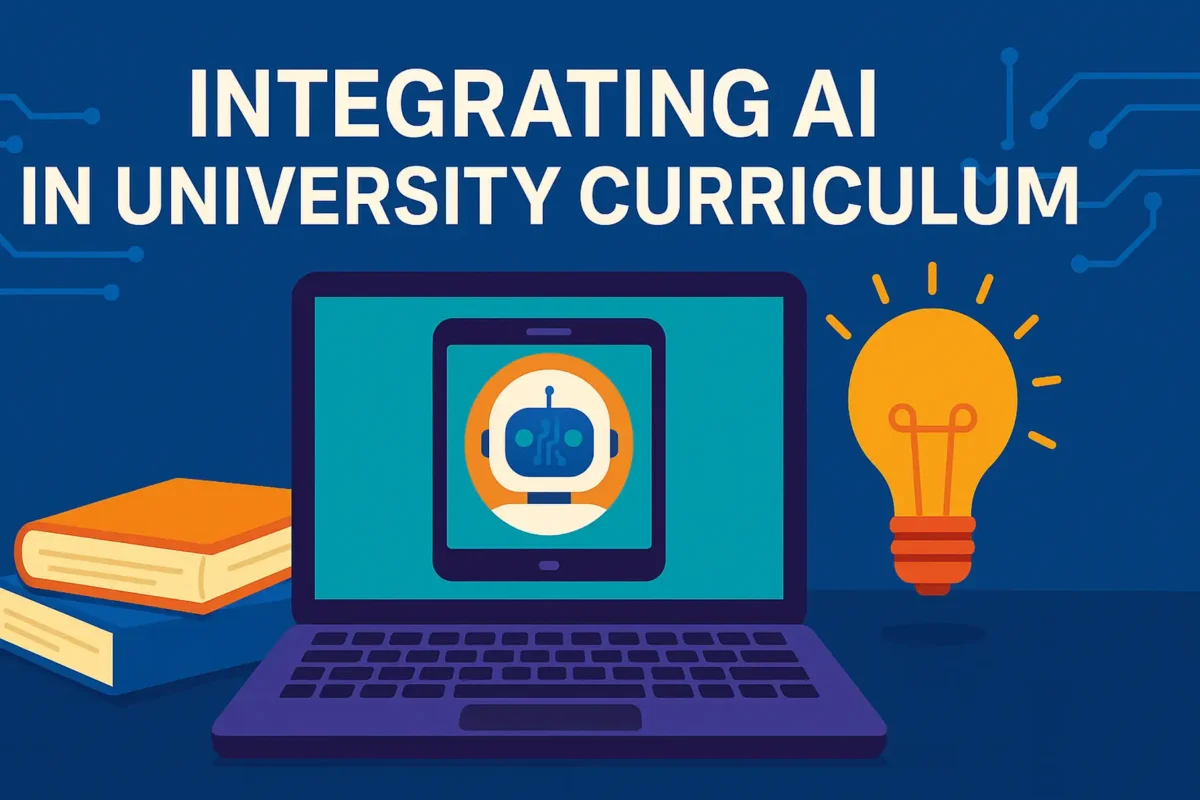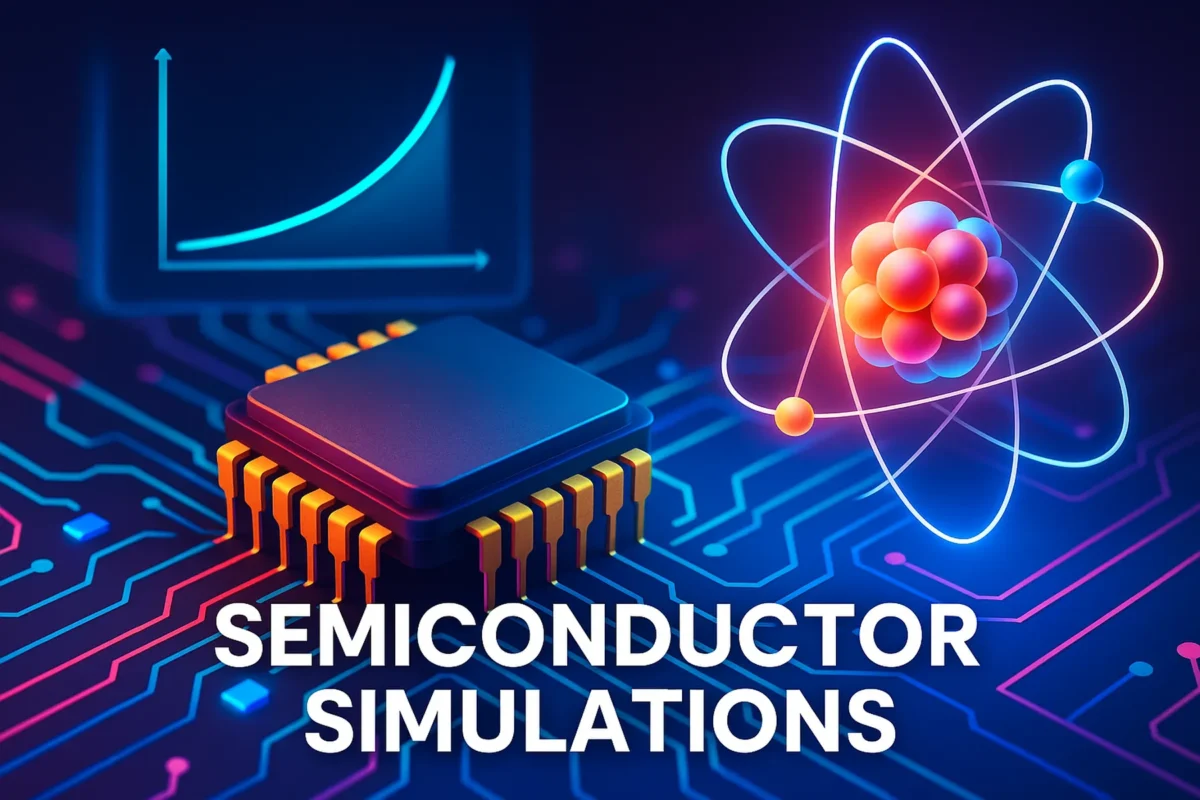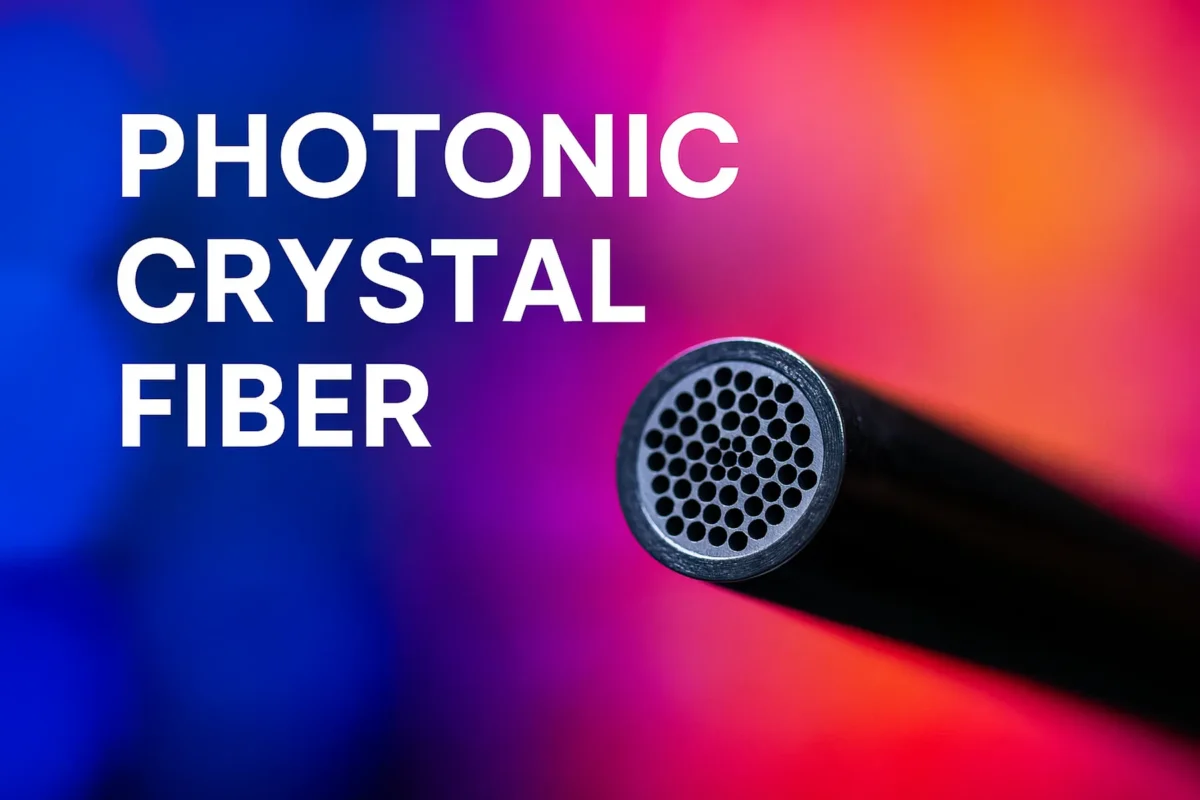Introduction The confluence of microfluidic technology and surface plasmon resonance (SPR) sensing represents a pivotal advancement in the evolution of miniaturized analytical systems. Historically, SPR sensors—while extremely sensitive to refractive index changes at the nanoscale—have been encumbered by operational limitations. These include reliance on manual sample delivery, low multiplexing throughput, and often bulky system architecture. […]
